SMILING IN COSTA RICA
“Many are the plans in the mind of the man, but it is the purpose of the Lord that will stand.” ~Proverbs 19:21
A year ago, if you had asked me where I was going to be spring semester 2015, I would have told you Namibia. Six months ago, if you had asked me where I was going to be spring semester 2015, I would have told you Thailand. Three months ago, if you had asked me where I was going to be spring semester 2015, I would have told you Costa Rica. Although they are all great opportunities, I was anxious with the uncertainty and instability of my study abroad plans. After almost three months of life in San José, Costa Rica, this anxiety has vanished. It has been three months full of beautiful moments, of which I have included a few snapshots:
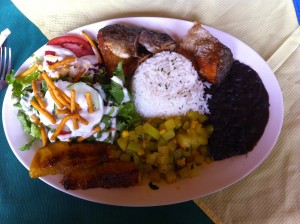
Casado de trucha (traditional plate with fresh trout). Rice and beans (the dark pool on my plate) are part of almost every meal, along with plantains (bottom left corner, this type somewhat resembles a banana). There is often salad or some vegetable, like the chayote (green squash-like vegetable beneath the rice). Oh, and sometimes a fish head (up top, (s)he’s looking at you), of which all parts are eaten including the eyes. They say the cheeks are the most delicious, however I am not quite that bold.
Besides the fact that studying abroad is a collective experience, and all of the events have happened in the same general vicinity, there is a thread that ties all of these beautiful moments together: communication. I remember my first night here, when Heidi and Alfonso (our directors) dropped me off at my host family’s house that would officially be mine for the next four months. My heart was racing, and I’m sure my eyes were as wide as could be as I tried to rapidly piece together the Spanish that I studied more than four years ago. To put it plainly, the first few days/weeks included a lot of smiling, nodding, pointing and very broken Spanish, but here I am alive and well! As I started to adjust and study Spanish again at the University of Costa Rica, things gradually become more comfortable and less overwhelming. By no means does that mean that the transition was easy. With the exception of some of our class lectures with Heidi, every moment of every day was in Spanish. Simply functioning and communicating with people around me required an enormous amount of energy. My brain was constantly translating, piecing together the simplest of sentences, and there were moments where all I wanted was to hear a “Hello, how are you?” instead of “Buenas, cómo está?” In the midst of my frustration, I was grateful for Skype and iMessage, where I could escape for a few moments with a text or short conversation in English. Even more so, however, I came to deeply appreciate a smile.
My host dad, Marvin, knows very little English. Talking with him has been a growing, and sometimes frustrating process. Marvin loves to laugh, and his smile is contagious. Although there are times I have no idea what he is talking about, I can always count on his smile to bring the moment to life.
Never before have I understood the strength of a smile as I do now.
During our time in Nicaragua, we visited “Hamacas Tio Antonio,” a hammock store in Granada. Attached to the hammock store was “Café de Sonrisas,” a little restaurant where we all had lunch. “Café de Sonrisas” literally translates to “Café of Smiles.” At “Café de Sonrisas,” all of the employees are either deaf or mute, and as a customer you have to learn to communicate with your waiter or waitress. The idea behind the name is that a smile is universal; a smile is a smile, and no matter what languages you can or can’t speak, you can communicate with a smile. There is a wall full of useful signs used in sign language, and the menu is designed to function simply by pointing your finger to an object or picture. As I sat in the restaurant eating lunch with my classmates, I was in awe of how cool the organization was. Deaf and mute people had full-time, just, and secure employment, whereas without this organization, they might/probably would not. Even more so, they were not working in an environment where they were the outcast or in a “lesser/need to adapt” position. No. Instead, the customers adapt, if only just for a little while, to what life might be like for someone who cannot speak or cannot hear. At the end of our meal, the owner told us to stay seated, because they had a surprise for us. As they started bringing out dessert, each one of us also received a tiny Ziploc bag wrapped in paper. Before we dove into our dessert, they instructed us to open our packets. Inside, we each had a pair of earplugs, and we were told that dessert was a time to truly communicate without speaking. So, for ten minutes, as we ate our delicious plantain dessert, we sat waiving our hands, using facial expressions, and experiencing some valid communication frustration. During the rest of our visit to Nicaragua, I couldn’t shake this experience from my mind.
As I write and reflect on my time in Costa Rica thus far, I think I finally understand one of the reasons “Café de Sonrisas” was so impactful. While my Spanish has drastically improved, there are mountains of things still to be learned. Wherever you go, to get anywhere, to find a pretty view, to learn from the indigenous people, to know what to order at a restaurant, etc. you must communicate with people. When I got here, it was as if I had earplugs in and needed to communicate in sign language, a language of which I knew very little, and I found refuge in other’s smiles because a smile I could understand. While at first communicating was difficult and, at times frustrating, it is amazing to reminisce about all of the beautiful moments I have had despite some of the communication barriers. Thinking about all of these moments makes it difficult to think about getting on a plane back to Chicago.
We have about a month left, and I look forward to more beautiful moments to come. Holy Week starts on Monday and Holy Week is the main vacation week here in Costa Rica, so all of our internship locations are closed. Thus, like the majority of Costa Ricans, we are going on vacation. I am looking forward to a week outside of the city. We will go to Longo Mai, a rural farming village for a few days to get a different perspective of Costa Rican life, and then on Wednesday we will head to Manuel Antonio, a very famous beach. It will be a great break away from the city life of San Jose, and then we will return to finish strong at our internships. The goal for the next month: discover more beauty. The nice thing is…it won’t be hard to do.

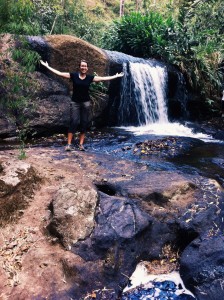
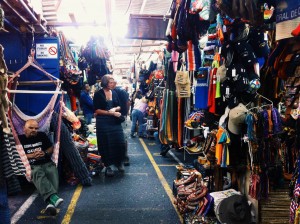
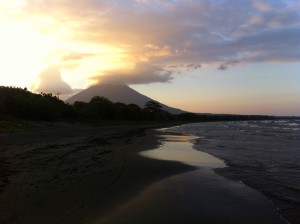
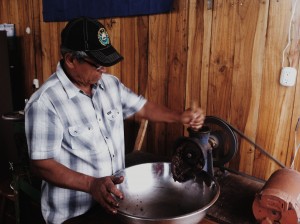
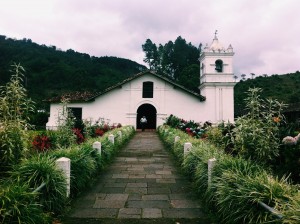

Leave a Reply